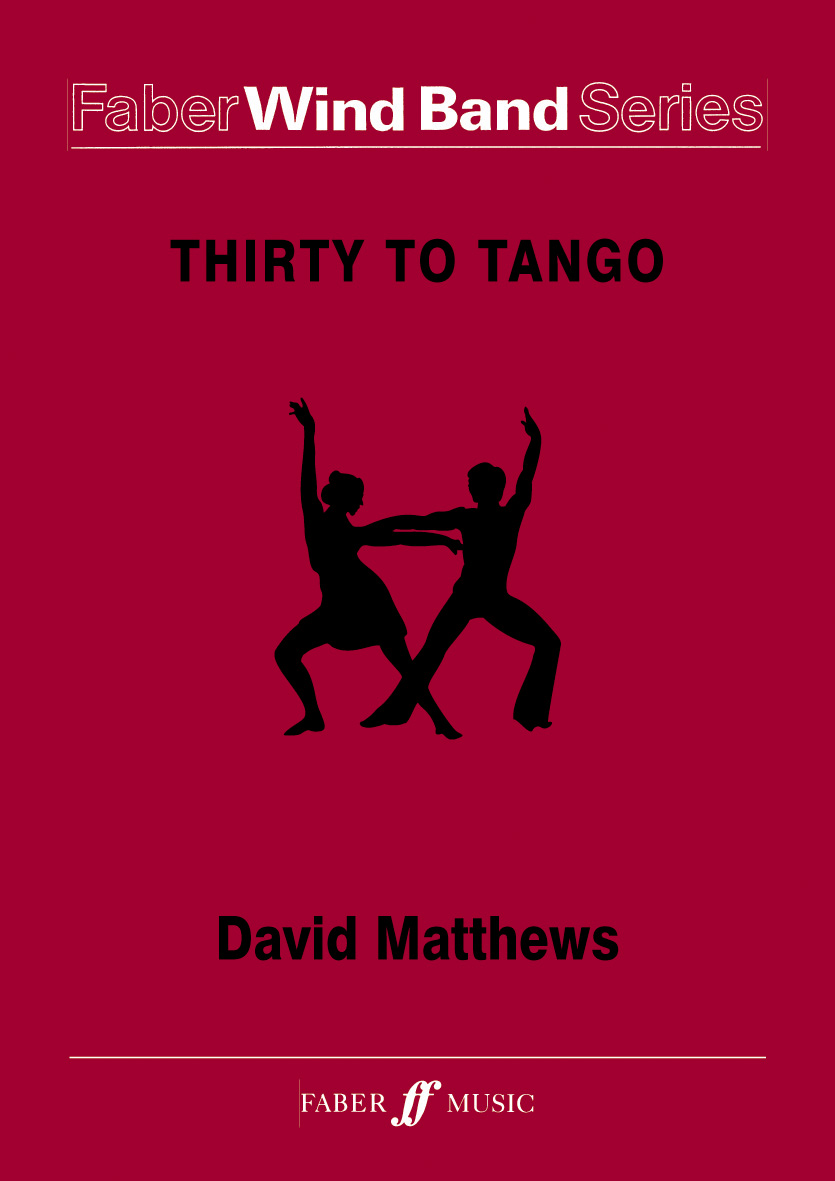Results
-
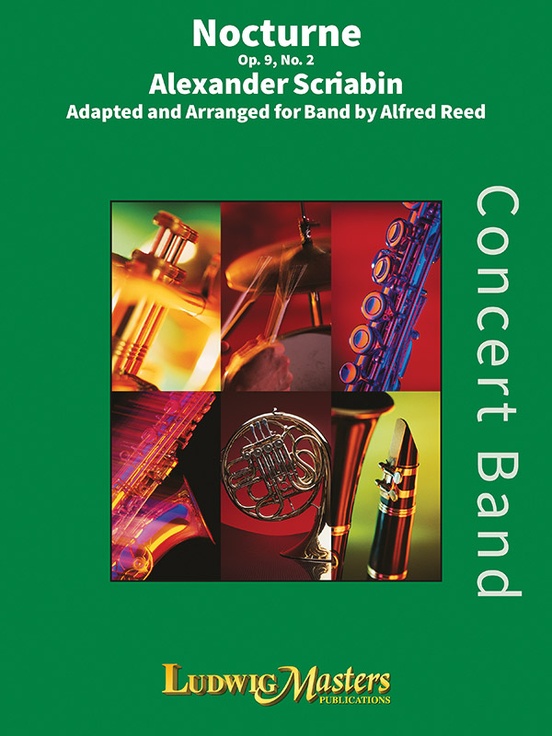 £73.50
£73.50Nocturne, Op. 9 No. 2 - Alexander Scriabin / arr. Alfred Reed
Scriabin's Opus 9 consists of a Prelude and Nocturne written for piano left-hand alone. The composer's early piano works, such as this, reflect his most delicate and poetical composition. This publication of the Nocturne for concert band has been faithfully scored by Alfred Reed in an attempt to recreate the warm, dreamy colors inherent in the original piece.
Estimated dispatch 3-5 working days
-
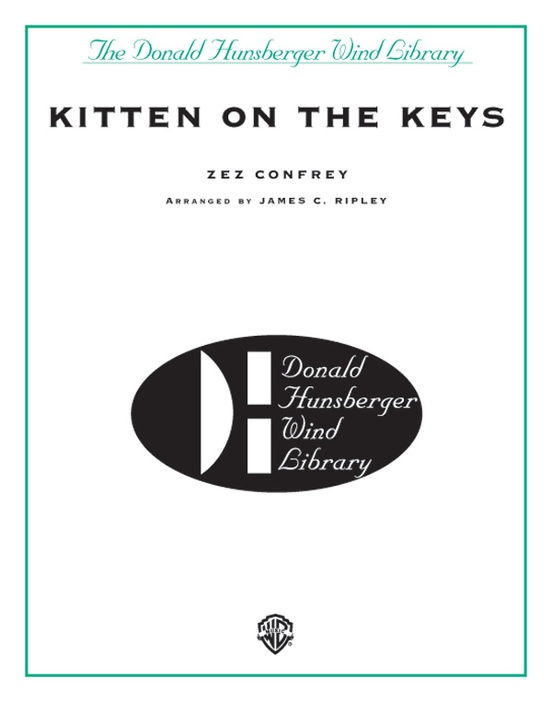 £98.50
£98.50Kitten on the Keys - Zez Confrey / arr. James P. Ripley
Confrey is known primarily for his "novelty piano" compositions, which cultivated the style of Jelly Roll Morton and Scott Joplin. This arrangement of one of his compositions conjures an image of the household cat prancing along the keys of the piano. By use of the "secondary rag", a syncopated grouping of regular quadruple subdivisions into three-note sets, the technical demands of the piece have been cleverly notated for ease of performance. This innovative arrangement is a pleasant addition to the library.
Estimated dispatch 3-5 working days
-
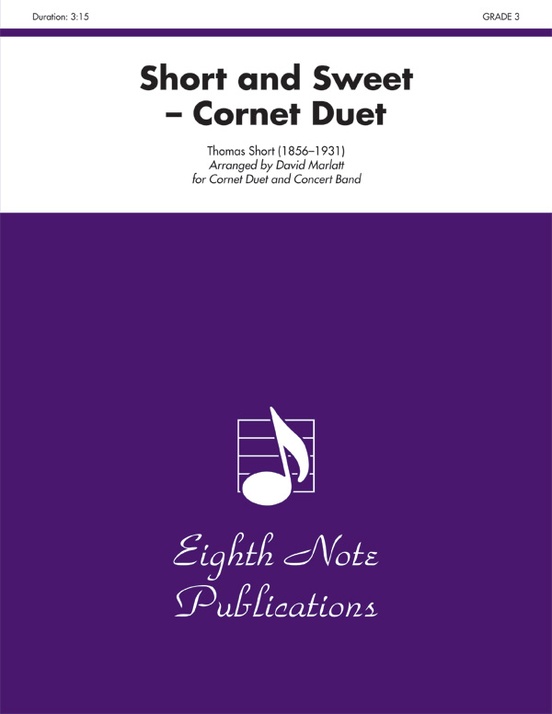 £62.95
£62.95Short and Sweet - Thomas Short / ed. David Marlatt
This is a fun cornet duet with all the fast fingers and triple tonguing that might be expected in a turn of the century piece. This is the first time this work has been available with a full conductor score rather than a piano reduction. There is also an edition of this duet for 2 cornets and piano available.
Estimated dispatch 3-5 working days
-
£13.95
The Very Best of Festival of Music Volume 3
1In the MoodRazaf & GarlandThe Royal Air Force Squadronaires3.302Moonlight SerenadeMillerThe Royal Air Force Squadronaires4.153Don't Sit Under the Apple TreeStept, Tobias & BrownThe Royal Air Force Squadronaires2.444StardustParish & CarmichaelRoy Castle & Sgt. Geoffrey Lawrence (Trumpets) with The Royal Air Force Squadronaires2.415American PatrolGrayThe Royal Air Force Squadronaires3.406Blue SkiesBerlinThe Royal Air Force Squadronaires2.477A Foggy DayGershwinThe Royal Air Force Squadronaires2.218A Nightingale Sang in Berkeley SquareMaschwitzPeter Appleyard (Vibraphone) with The Royal Air Force Squadronaires4.569Tuxedo JunctionHawkins, Johnson, Dash & FayneThe Royal Air Force Squadronaires3.1710FeverCooley & DavenportThe Royal Air Force Squadronaires3.5711Marching Thro'McParland & StirlingThe Royal Air Force Squadronaires3.2912String of PearlsGrayThe Royal Air Force Squadronaires3.1513After You've GoneCreamer & LaytonPeter Appleyard (Vibraphone) with The Royal Air Force Squadronaires4.1214Birth of the Bluesde Sylva, Brown & HendersonRoy Castle (Vocal & Trumpet) with The Royal Air Force Squadronaires3.1615SkylinerBarnetThe Royal Air Force Squadronaires3.1216Cheek to CheekBerlinThe Royal Air Force Squadronaires4.1417Owed to Mr ChopinDorseyFlight Lieutenant Stuart Stirling (Piano) with The Royal Air Force Squadronaires3.3718Pennsylvania 65000Sigman & GrayThe Royal Air Force Squadronaires3.3719Travelogue: The Big Countryarr. StirlingThe Massed Bands of TheRoyal Air Force and Squadronaires11.06
Estimated dispatch 7-14 working days
-
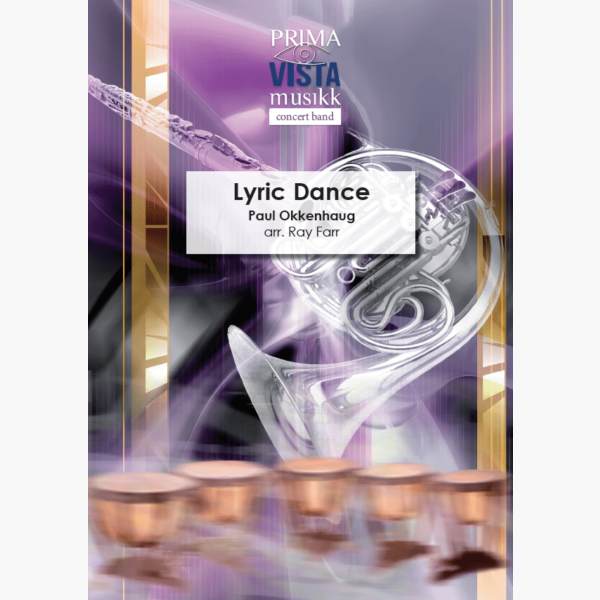 £59.95
£59.95Lyric Dance - Paul Okkenhaug - Ray Farr
Paul Okkenhaug was a prolific composer and organ virtuoso, but due to his own modesty and self-criticism, only a few of his compositions have been published. He has composed chamber music, orchestral music, piano music, and music for the theatre....
Estimated dispatch 5-7 days
-
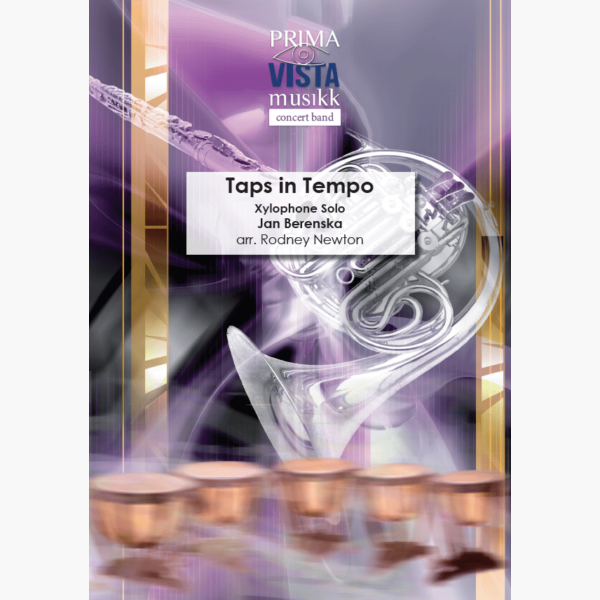 £39.95
£39.95Taps in Tempo - Jan Nerneska - Rodney Newton
Despite his European name, Jan Berenska was a Midlander and something of a youthful prodigy, playing piano, violin and cello and giving his first broadcast at the age of 15 from Station 5IT (based in Witton, near Birmingham) in the...
Estimated dispatch 5-7 days
-
£45.00
Thirty To Tango - David Matthews
This tango was originally composed in 1990 as the fourth movement of the composer's Fourth Symphony. It was intended there as a modern equivalent of the classical minuet. The tango is the most alluring of contemporary dances, and a number of arrangements of it exist, including ones for solo piano and for various chamber ensembles. This latest version for thirty (or more) players was arranged in 1999 by the composer especially for the Faber Wind Band Series.
In stock: Estimated delivery 1-3 days
-
 £64.19
£64.19Caprice (Euphonium Solo with Concert Band) Andrew Batterham
VIEW SCORE PDF Caprice was written for Matthew van Emmerik, to showcase his virtuosity in an engaging piece of concert music. The work is in theme and variation form, with the primary material being the theme from the last of Paganini's Ventiquattro Capricci per violino solo, a collection of 24 caprices for solo violin. This theme has been the inspiration for similar works by many composers since it was first published, including Liszt, Brahms, Rachmaninov, Benny Goodman and Andrew Lloyd Webber. In this work, the famous theme is treated to a more contemporary approach. The first variation, Capricious, relies on motor rhythms and jagged dialogues between the soloist and the band. It is couched in an organic scale reminiscent of the Phrygian mode. The second variation, Sad, is in direct contrast, acting as a traditional ballad and allowing the soloist to explore the expressive side of the instrument. The third variation, Energetic, is a micro set of variations in itself, designed to display the soloist's innovative technique and stamina. Each section is more challenging than the last, until the work concludes with a whirlwind dance at breakneck speed. Like all of Batterham's recent work, the musical language of Caprice draws upon classical, jazz, funk and ska elements to create a unique sound where anything can happen, and probably will. This arrangement was made possible through Matt's instigation and generosity. To view a video of Matthew van Emmerik performing the version with brass band please visit www.youtube.com/watch?v=D0hsvux_a5o To view a video of Fletcher Mitchell performing the version with piano please visit www.youtube.com/watch?v=NOZ6KRldDVo Sheet music available from : UK: www.wind-band-music.co.uk USA: www.solidbrassmusic.com Instrumentation: Euphonium Soloist Piccolo Flute 1-2 Oboe Bassoon Clarinet in Eb Clarinet in Bb 1-3 Bass Clarinet in Bb Alto Saxophone 1-2 Tenor Saxophone Baritone Saxophone Trumpet in Bb 1-3 Horn in F 1-4 Trombone 1-2 Bass Trombone Euphonium Tuba String Bass Percussion 1-3
In stock: Estimated dispatch 1-3 days
-
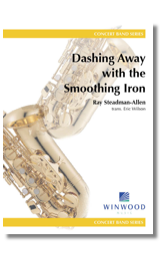 £78.00
£78.00Dashing away with the smoothing iron - Ray Steadman-Allen
The composer writes... A lighthearted arrangement of an old folk song. The style is generally bright with a short, slower change of pace in the middle. En route there are a couple of quotations which got into the music almost unbidden: a fragment of one of Mozart's horn concerti and 'A-hunting we will go'. '... a splendid concert piece for advanced tuba players.' WINDS Autumn 2008 Duration: c.3:00 Also available with piano or brass band.
Estimated dispatch 7-14 working days
-
 £57.00
£57.00March of the Three Wise Men of the East - Franz Liszt
This piece is taken from Franz Listz's Christmas Tree Suite, a composition originally written for piano and based on traditional Christmas carols. Here, the mysterious march based on Adeste Fideles is arranged for modern concert band. Keeping as many of the original articulations and expressive moments as possible, this piece offers musicians the valuable performance skills of listening and balance while also introducing music from an important composer.
Estimated dispatch 12-14 working days

